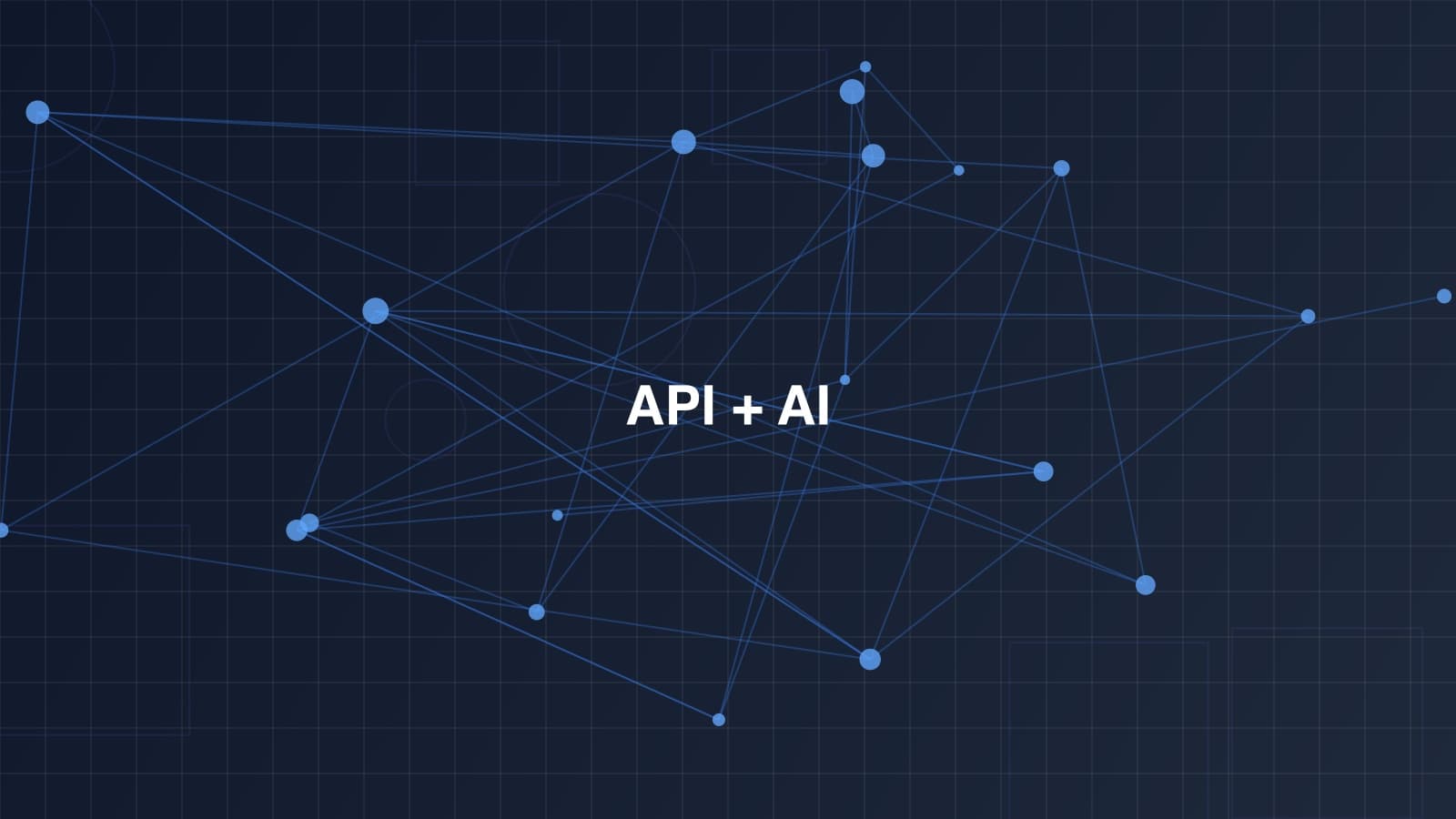Memo: Enhancing Automation and Integration in the AI-driven Era
Introduction
With the evolution of the digital landscape, traditional APIs are increasingly unable to meet the dynamic needs of modern software development and automation. The emergence of AI agents and complex automation workflows calls for a reassessment of integration frameworks. This is necessary to better support autonomous and semi-autonomous systems operating across a wide range of platforms.
Limitations of Traditional APIs
APIs are fundamental to software interoperability, enabling separate systems to communicate and function cohesively. However, they possess inherent limitations:
- Static Nature: APIs are predefined and inflexible, offering minimal adaptability to new data requirements or changes in external systems without substantial redevelopment.
- API Design: APIs are traditionally designed as foundational elements with static data models and endpoints that other sytems can build on. This foundational approach assumes that once established, APIs should rarely change, as they serve as the building blocks upon which other systems and functionalities are constructed. Obviously this is not going to be easy to move fast with!
- Scalability Challenges: With an increase in endpoints and data interaction complexity, traditional APIs have difficulty scaling efficiently. This often leads to increased latency and higher costs.
- Security Concerns: Despite APIs being designed with security measures, the static nature of API keys and tokens can be exploited, presenting risks when used in distributed environments.
The Need for Advanced Integration Solutions
Addressing the limitations of traditional APIs calls for more dynamic integration solutions. These should be able to adapt to changing conditions and support complex interactions.
- Dynamic Interaction Capabilities: Unlike traditional APIs, modern integration solutions need to discover and interact with data sources and services dynamically and in real-time. This enables more flexible and adaptive AI-driven applications.
- Enhanced Security Models: Advanced solutions should include robust security frameworks. These should maintain stringent access controls, adapt to potential threats in real-time, and limit the exposure of sensitive data.
- Universal Accessibility: Integration platforms must be universally compatible across various environments. They should enable seamless interactions not just between enterprise systems, but also between consumer applications and emerging technologies.
Opportunities in AI-Driven Automation
The integration of AI and automation platforms offers unprecedented opportunities to improve productivity and operational efficiency:
- Automated Decision Making: AI allows systems to not only automate routine tasks but also make complex decisions based on real-time data analysis. This reduces the need for human intervention and enables more scalable solutions.
- Personalized User Experiences: AI-driven platforms can customize interactions and processes according to individual user preferences and behaviors, thus enhancing user satisfaction and engagement.
- Predictive Operations: AI can forecast future trends and behaviors using historical data, allowing for proactive adjustments to operations before problems occur.
Strategic Vision for Integration
To take advantage of these opportunities, a strategic vision for integration could include:
- Building AI-native Platforms: Develop platforms that inherently understand and optimize AI capabilities, such as natural language processing and predictive analytics. This ensures that AI functionalities are deeply embedded within the core system architecture.
- Flexible and Adaptive Frameworks: Create integration solutions that can adapt in real-time to changes in the technology landscape, including updates in data formats, new security protocols, or emerging AI functionalities.
- Inclusive Developer Environments: Equip developers with tools that simplify the complexities of AI integrations. This enables them to focus on creating innovative solutions rather than managing the complexities of the underlying technologies.
Conclusion
Looking ahead, AI and automation will keep pushing digital integration platforms to evolve. By going beyond traditional APIs and using more adaptable and secure solutions with AI, we can start a new phase of productivity and creativity in software development. Now is the time to rebuild our digital interactions to make them strong enough for future challenges and opportunities.


